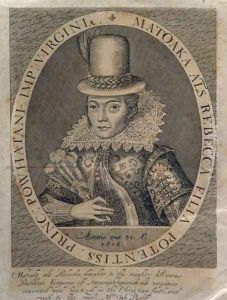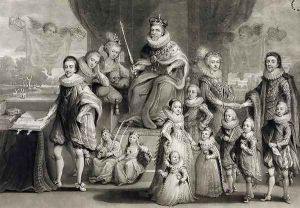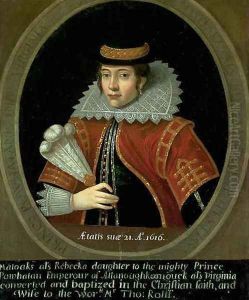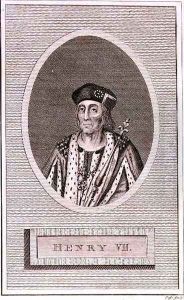Simon de Passe Paintings
Simon de Passe was a notable figure in the world of engraving and printmaking in the early 17th century. Born in 1595 in Colchester, England, into a family of engravers, Simon was the son of Crispijn van de Passe the Elder, a distinguished Dutch engraver who had moved his family to England. This environment immersed Simon from a young age in the art of engraving, which was flourishing during this period, and he quickly adopted the craft, developing a distinctive style that would make him famous.
Simon's talents were recognized early on, and by his twenties, he had already made significant contributions to the field. His work was characterized by meticulous detail and a strong emphasis on portraits, which captured the likenesses and personalities of his subjects with remarkable precision. Simon de Passe is particularly remembered for his portraits of English and Dutch nobility, as well as notable figures of the time, including a famous engraving of Pocahontas, which is one of the few contemporary depictions of her and has cemented her image in history.
In 1616, seeking broader opportunities, Simon moved to Denmark, where he worked at the court of King Christian IV. This period was marked by significant artistic growth and the production of numerous important works. However, political and religious upheaval across Europe led Simon to move again, this time to Utrecht in the Netherlands, where he continued his work until his death in 1647.
Throughout his career, Simon de Passe was renowned for his skill in capturing the essence of his era through his engravings. His works are considered an invaluable resource for understanding the cultural and historical context of the early 17th century. Despite facing the challenges of a Europe in turmoil, Simon's legacy as a master engraver has endured, making him a pivotal figure in the history of art. His death in 1647 marked the end of a significant chapter in engraving, but his influence persisted, inspiring future generations of artists in the medium.







